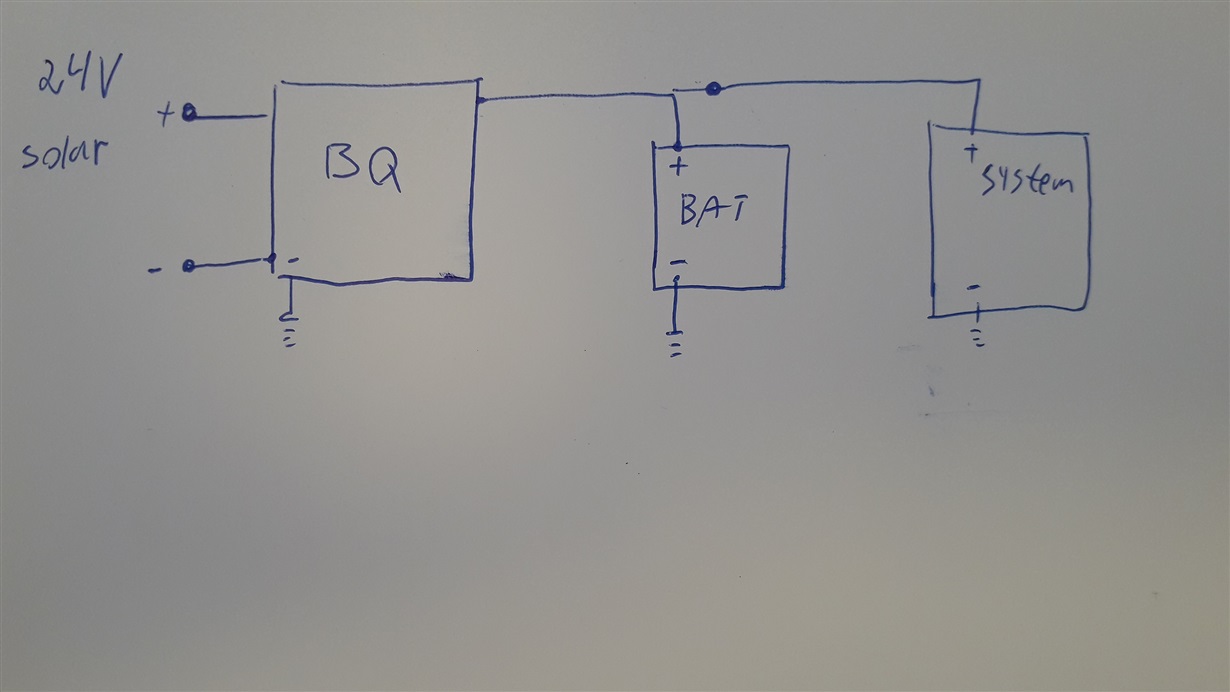Other Parts Discussed in Thread: TPS1663, TPS2663, BQ24610
Hi,
We have this recurring issue that for some of our boards the sense resistor got burned even though it is sized correctly.
We are charging a 5-cell LifPO4 battery.
Max charging current is 4A so RSR=10mOhm and rated for 1W.
After it burns, it damages also the BQ24650 so even replacing the RSR will not help.
We have done extensive testing to find out and reproduce this issue and established a theory we would like to share.
The only way to reproduce this issue was to short circuit the mains (Inputs of the adapter). We don't understand why this burns the resistor but it does.
It seems to me that when we short circuit the mains, since the high side MOSFET is on - excessive current will run through the RSR and back to the SRN pin which results in both the RSR and the BQ24650 burning.
1. Will using an eFuse like TPS1663 or TPS2663 can help? If so, where to put it? in series with the RSR or on the mains?
2. Will adding a resistor in series with the SRN pin possible and can protect the circuit? I saw this in the document "BQ24610_BQ24650_Schematic_Checklist.pdf " as R17. If this is possible, what is the recommended value for that resistor?
3. Another thing that I noticed that is different in our design from the "BQ24610_BQ24650_Schematic_Checklist.pdf is the connection to the system. In the document the system is directly powered from the BQ24650 while charging the battery and when there is no power to the BQ24650, the system is powered from the battery via the D8 diode,
In our system, since the power from the solar charger is too high for the system, we power the system directly from the battery, this results in parallel connection of the battery and the system to the BQ24650 output - the principal schema. Could it be that this kind of connection can hurt the BQ24650 / RSR ?
Note, while running, the system is disconnected from the solar panel and powered only from the battery, it drives 2 BLDC motors up to 15 AMPS. There is no diode between the battery and the BQ24650, only a MOSFET to provide reverse polarity protection, but once it is open, current can flow back from the battery to the BQ24650. Would a diode be recommended?
See below the schematics and the principal connection scheme:
Your help is greatly appreciated,
Best,
Tomer



